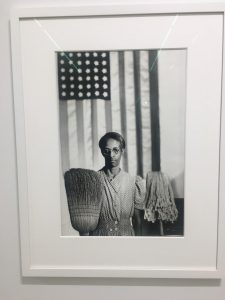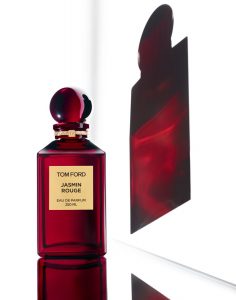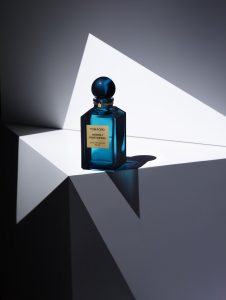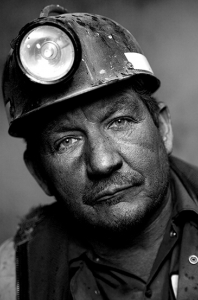The Chelsea Galleries was an interesting experience. There were a few exhibits that fell short of my expectations but there was definitely many that I greatly enjoyed.
The Leaning Out exhibit at the Benrubi Gallery was one of the first exhibits that really spoke to me. Jeffrey Milstein clearly took time to find the perfect angle and location to snap his ariel pictures of industrial sites. His photos are full of symmetry and patterns which are very appealing to the eye. In the chaos of the busy images, you are able to filter out the noise and get a real sense of the 21st-century life which is heavily polluted with industrial materials. Whether this is a good thing or bad thing is subjectively up to the viewer. The colors captivated in the image also promote this conflicting idea as seen in the photo below. Even though this is an industrial site, the light seems to be taken when the sun is setting or rising and the reflection off of the metal is very captivating and to me kind of calming.
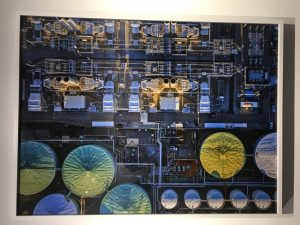
Another exhibit I enjoyed was Facades – Grand Tour at the Yossi Milo Gallery. The main reason I enjoyed this one is because I previously was an architect major and really enjoy the beauty of buildings and structures. Every time we look at a big building we mainly only get an obstructed perspective and never the full view. Markus Brunetti was able to capture his buildings from a straightforward perspective without any line of sight obstructions. This is a view we rarely get to see. I was impressed with his determination to photograph so many detail shots and then take the time to manipulate them in photoshop to get perspective he was going for. The buildings he chose also had a great use of color which appeals to the eye along with symmetry as well. Displaying these photos on the scale that he did was also appealing because I think he was trying to mimic the actual feeling of when you are standing next to these structures. My favorite building is attached below.
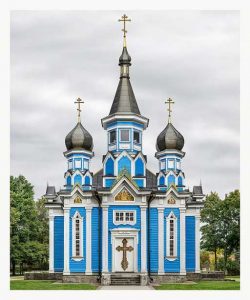
The last exhibit I enjoyed was the one of Gordon Parks exhibit. This is because I appreciated his motivation to bring awareness to the lives of blacks in the 1940’s. He uses high contrast in his photos for impact and to bring focus to his main subject. Another thing he does is use his background for support in his message. For example, in the photo of Ella Watson (down below), you see her standing in front of an American flag which represents the American dream. Unfortunately, she is frowning and is holding a broom and mop which to me represents that the American dream is not all it is believed to be. It is also a reference to the American Gothic painting by Grant Wood. Overall this exhibit did leave an impression on me.
